When discussing homes and interior design, the term “finishes” refers to those materials and coverings typically installed at the final stages of construction, and they’re important because they’re the work that everyone notices.
No one sees a home’s ductwork or the 2x4s that function as the skeleton of the house. No one enters a new home and asks to see the attic or the crawl space or pictures of the foundation when it was originally poured. But everyone sees—and offers commentary on—plastering, woodwork, flooring, glazing, and tile.
Essentially, when a homeowner is looking to add personality to a home or hopes to make the interior of their home “pop” with character, they focus their attention on custom finishes. This is where people establish a personal style or make a statement about their way of life. When someone decides to renovate their home, bump-out additions notwithstanding, custom finishes are usually where they focus their attention.
Because finishes are performed at the surface and intended to be appreciated and admired by homeowners and guests alike, they’re particularly linked to current and fashionable developments. This means anyone looking to begin a renovation project is likely to seek advice on interior design trends.
Well, look no further. We’ve been closely monitoring the most recent and popular custom finishes, and here are five ideas to customize your home. Read on to find out how to:
1. Make a Statement
2. Enliven Your Zoom Background
3. Texturize Floors
4. Introduce Decorative Doors
5. Enhance Your “Eyes”
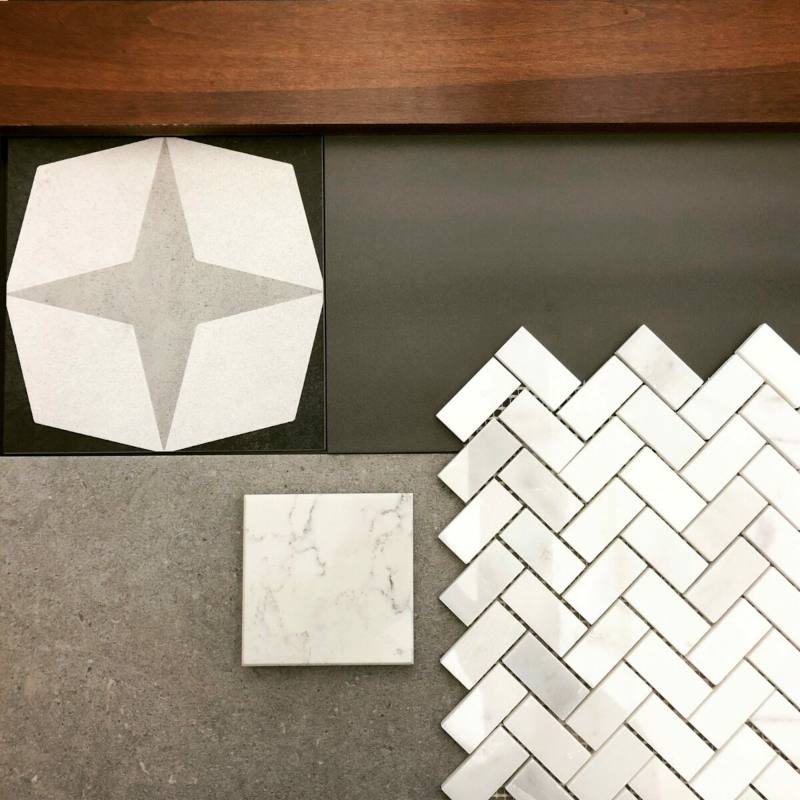
1. Make a statement
It seems that a lot of people want to spice up their home’s interior, and that means that they’re willing to be a bit bolder. Perhaps this is the result of spending more time in our homes in the last couple of years—maybe people have grown tired or bored of standardization. Whatever the reason, we see some aggressive alterations in interior home design. For example:
- Wallpaper is making a return
Once considered old, outdated, or simply too messy to remove, wallpaper took a backseat to paint for decades. Now, it’s making a strong comeback. Advancements in large-format printing technology now allow for custom wall murals, color matching options, and endless texture depending on the paper, cloth, or vinyl the homeowner chooses. Peel-and-stick wallpaper is an easy way to add color and pattern to any space without the commitment of long term installation. - Custom rugs
Wood floors remain popular, but more and more people are beginning to decorate and cover large swaths of their wood flooring with colorful and vibrant area rugs. With so many renovations involving open-concept floor plans, rugs are a way to restore order to furniture layouts and room definition without walls. Custom rugs give you the ability to tie your decor together with a common theme, color palette, or fiber choice. - Large seating arrangements
In the same way that our phones have evolved from simple flip models to larger-screen communication hubs, we are asking for more performance out of our furniture too. Not only do we want our sectional sofas and large farmhouse dinner table to be comfortable gathering places, we also need them to be a home office, kids’ homework zone, and a game room. Modular furniture and expandable pieces will serve us longer as our needs change.
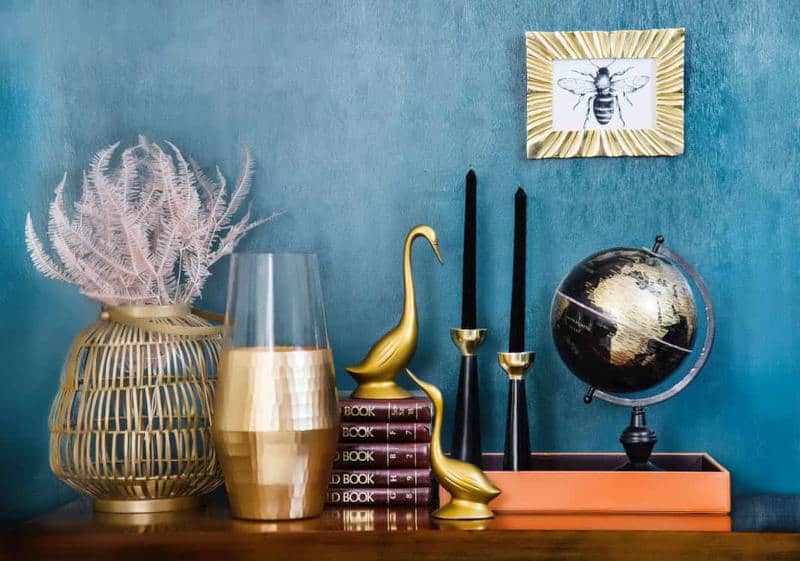
2. Enliven Your Zoom Background
Imagine what this suggestion might have sounded like a few years ago. People would read this bit of advice and be forced to search Google to understand it. Today, “Zoom background” is part of the global lexicon.
Sure, some people may wish to return to the office, but after working from home for so long, most folks have developed a heightened awareness of their surroundings. For anyone on-camera most of the day, it is hard not to notice the what’s behind the person on the other side of the screen. But looking past the curated knick-knacks and perfectly arranged books, the color of the wall beyond is just as influential. As a result, we see an evolution in color. Bland pigments are moving out in favor of vivid ones.
Beyond just adding color, designers are also taking advantage of the wide variety of available paint finishes. Where once everyone used flat and then egg-shell finishes, we see variations of more polished finishes from semi-gloss to high-gloss, which create eye-catching accents that really play with what the light does in a room. The difference between a velvet or a low-sheen finish can change the way a room feels.
For example, if you have a smaller room with lower ceilings, a brighter, continuous paint color combined with a semi-sheen finish will reflect light and can cause the room to feel larger because your eye doesn’t stop at the corners.
Some interior designers will even suggest painting the walls and the ceiling the same color. It’s as if you’re expanding the space by creating a fifth wall.
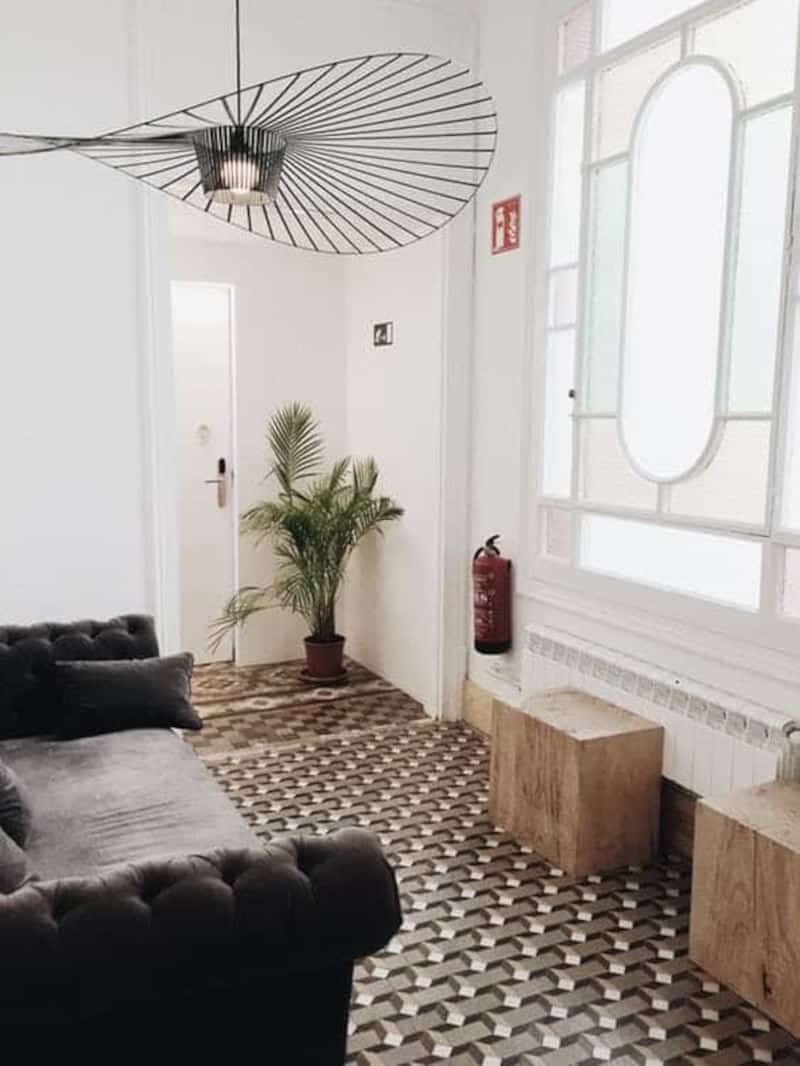
3. Texturize Floor Surfaces
Hardwood and tile flooring might be easier to keep clean, but fiber floor coverings engage not just sight but also your sense of touch. Moreover, carpeting and rugs can introduce color and patterns into your home.
Rugs and carpets provide a distinct contrast to the smooth surfaces we commonly see in homes. Consider all the fiber options available to you:
- Natural fibers such as wool, silk, cotton, sisal, jute, or hemp
- Recycled and synthetic fibers such as nylon, polyester, and polypropylene
- Hand-woven on a loom
- Tufted or cross-stitched
Of course, you can accomplish a similar goal even if you want to keep the tile floor. We see tile customizations, too.
Mosaic tiles can be tailor-made to reflect your personality or sense of style. There are countless patterns and layouts available. Furthermore, you can explore water jet cuts, different glazes, and even murals featuring different shades of cut stone to create an elaborate, textured appearance as smooth or as rough as you prefer.
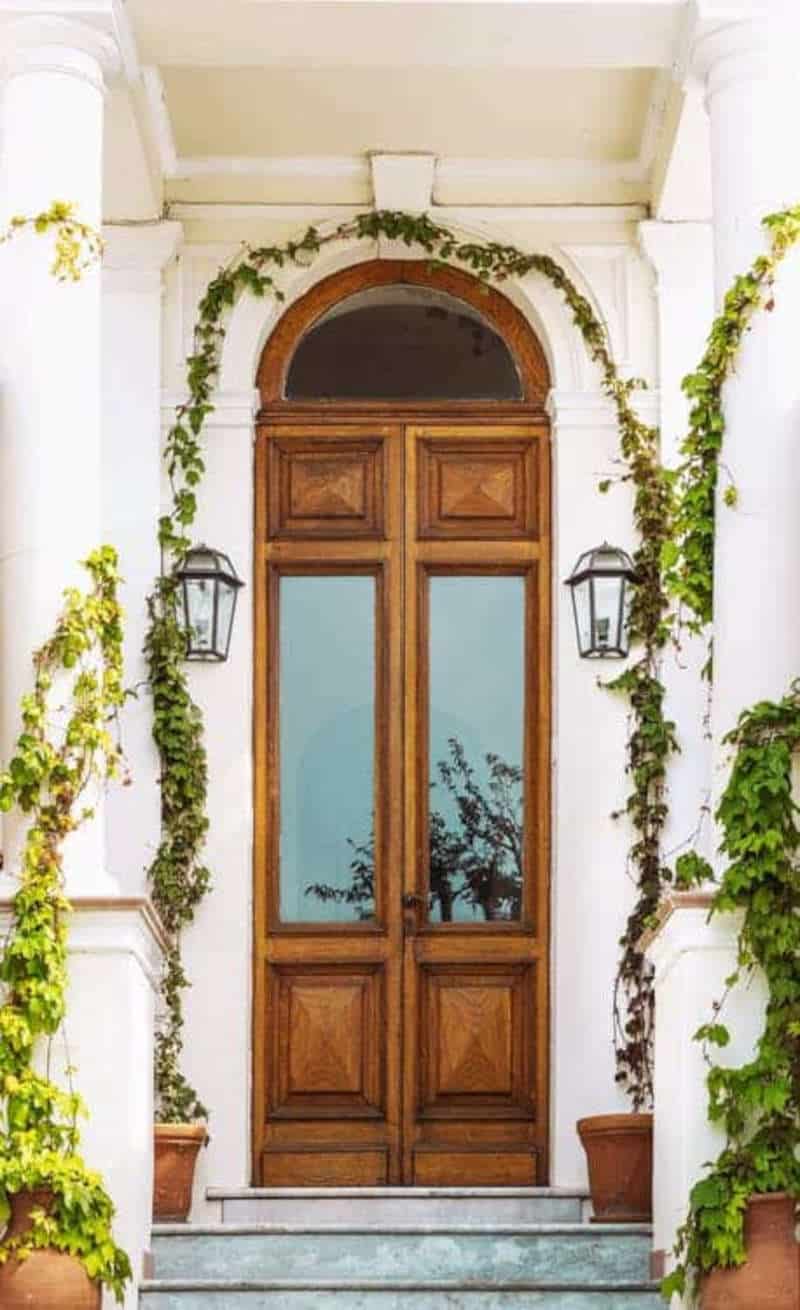
4. Consider Decorative Doors
It’s easy to forget that doors can function as more than just a means to enter or leave a room. We tend to think of doors pragmatically, but they also offer homeowners a way to add character to spaces. Homeowners can explore various stain or paint colors, but you can also customize your door’s surface and design.
For example, millwork shops can customize glass inserts as well as cut or groove unique patterns into various types of elegant, smooth, or coarse wood. There are also several types of wood you can use which feature lighter or darker shades of brown, gray, and red, distinctive weight or heft, and distinguishing grain patterns.
Wrought-iron or steel doors can be used either to add heavy texture and applied-designs, or they can be assembled decoratively with thin lines, spindles, or rods.
Additionally, installing glass garage doors onto the house—like what some restaurants have done to create indoor/outdoor options determined by the weather—is a daring and fun change that invites a lot of light and outdoor air into the home.
Speaking of windows…
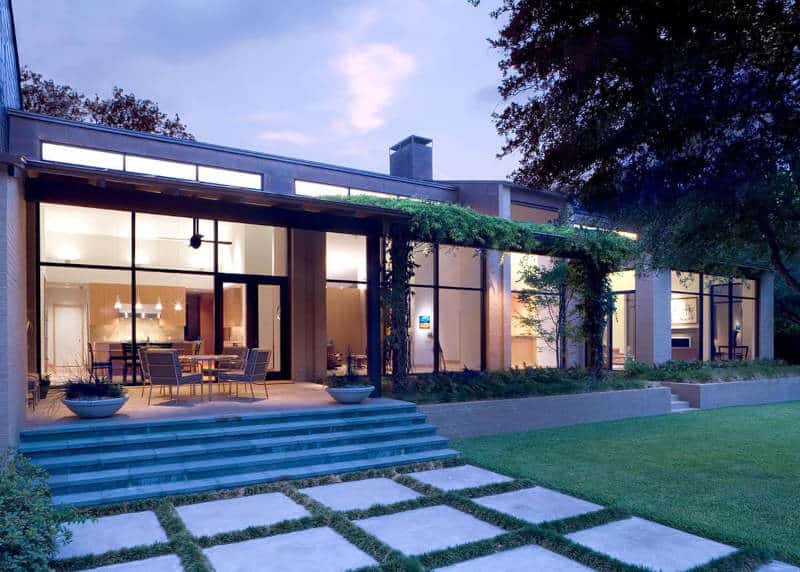
5. The “Eyes” of the Home?
Have you ever stopped to consider how eyeliner, mascara, eyeshadow, and the shape of one’s eyebrows can dramatically alter someone’s appearance even though the space they are working with is minuscule relative to the rest of the human body? The same can be said for the windows of a house.
The number of windows and their size is largely determined by price; furthermore, once a house is built, you’re unlikely to add a new window to a wall—unless you’re planning a major reconstruction project. However, what you can change to subtly alter the appearance of your house are the associated materials used for encasement.
Whether vinyl, fiberglass, wood, aluminum-clad, or steel, there is a wide range of options to create the preferred aesthetic for your house by changing the window casings. There are also several decisions to be made related to design. Traditional windows feature divided lites, but some people prefer large clear-view windows without any visual obstruction.
Just as important is how your windows operate or function. Do you want to lift from the bottom or pull down from the top? What about sliding from side to side?
There are also operational decisions to make. Do you want to crank a handle, push a button, or pull a slider? How many moving parts are you willing to work with, and how large of an opening would you like to achieve?
And, of course, if you’re working with new construction, you can be as creative as you like in terms of shapes, sizes, and custom fits.
All in all, there are countless custom finish options available to today’s homeowner looking to customize their house. These suggestions are merely a starting point for your renovation journey, but the personalization options they offer are worth exploring.
Laura Davis is a registered architect and interior designer in the state of Texas and Colorado, and a founding member of hpd architecture + interiors. Laura's extensive experience includes residential as well as commercial and retail projects. She also has a particular interest in restoration, holding a certificate in Historic Preservation. She is energized by the character of older homes and the stories of those who have lived there. Responding to the needs of the current owner, while also honoring the personality of the original home is a delicate process to be enjoyed.
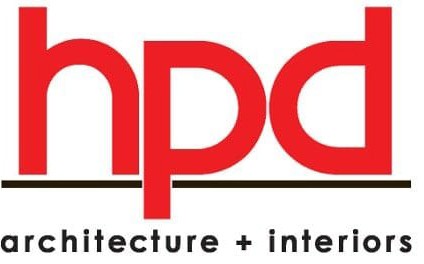
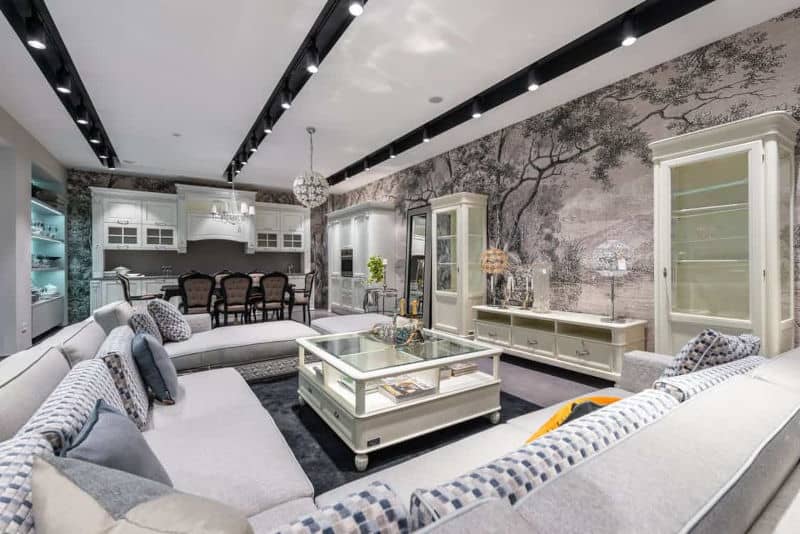
0 Comments